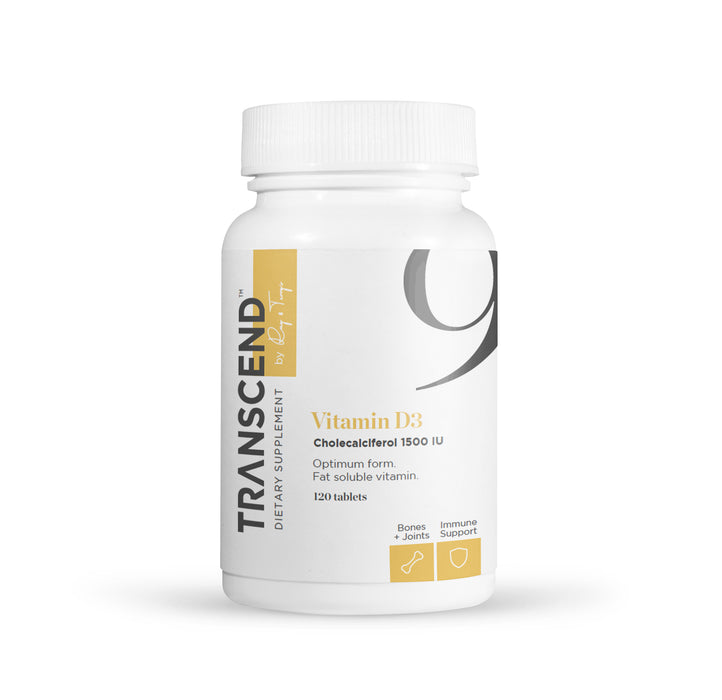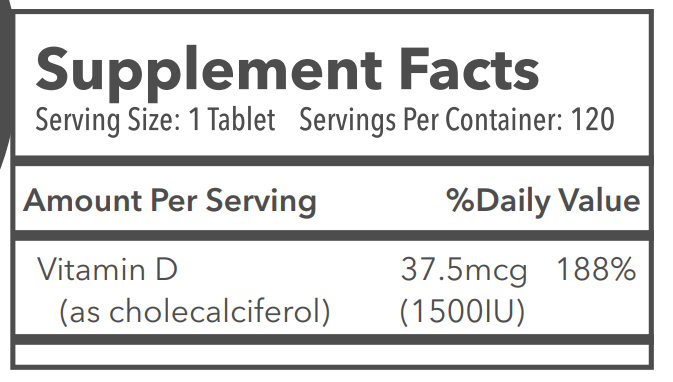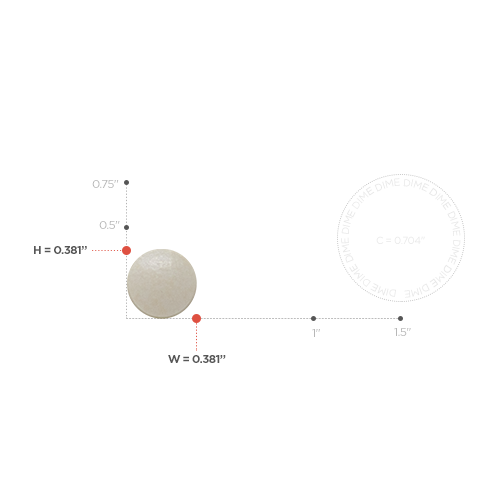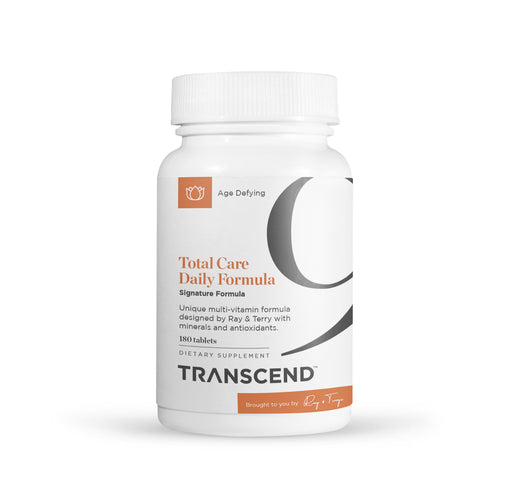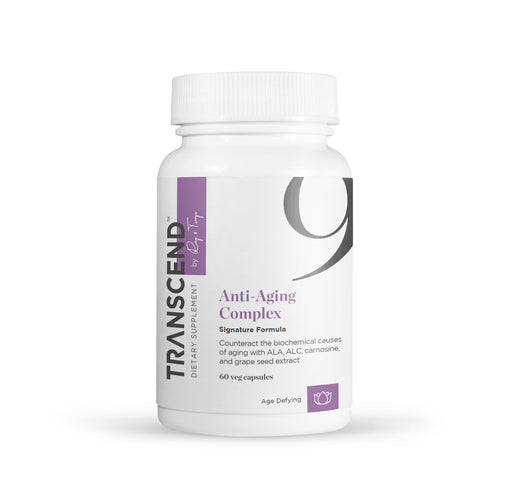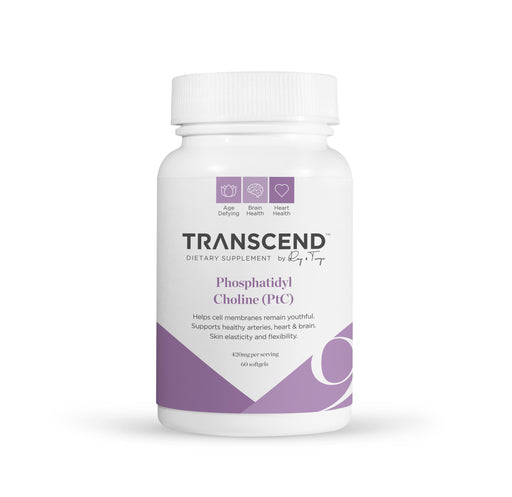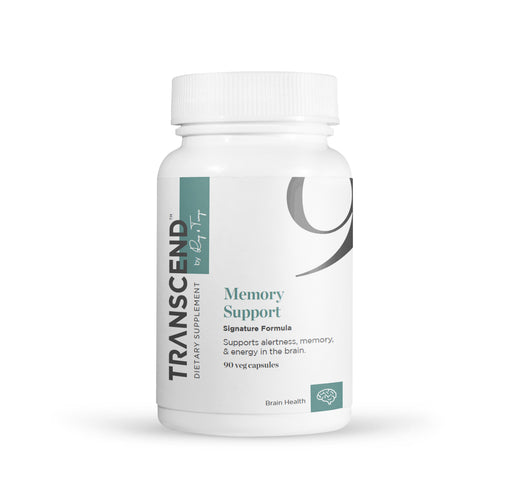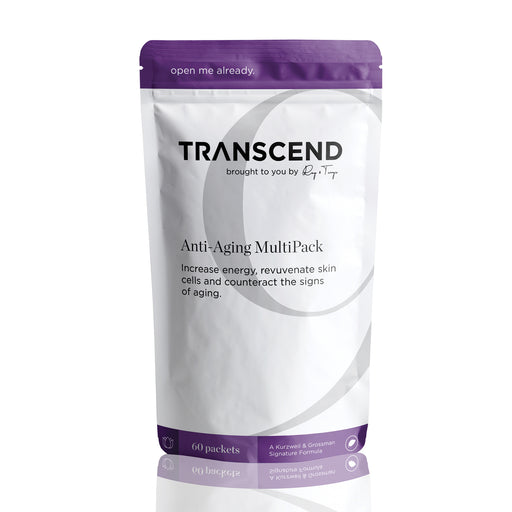Vitamin D3, 1500IU
- Optimum form and dose
- Maintain bone health
- Support healthy eyes
- Protect teeth
- Avoid deficiency
Vitamin D has been studied for a number of exciting applications and is emerging as a key nutrient for long term health. It is needed to utilize calcium and phosphorus in the body, to promote bone growth, and to maintain bone density.
The two main forms of Vitamin D are Ergocalciferol (D2), primarily derived from diet, and Cholecalciferol (D3), synthesized within the body when the skin is exposed to UVB rays.
Vitamin D2 is found in high concentrations in mushrooms (a rare source of D for vegans) and in moderate concentrations in fatty fish, such as wild salmon. However, it's difficult to get enough vitamin D from food. In some countries, foods like cereals, milk and margarine are fortified to include moderate levels of the vitamin, but many of these foods are not ideal to consume in large amounts.
Smog, latitude, sunscreen and time of day all impact the amount of D3 your skin can make from the sun in any given period. Although vitamin D is a fat soluble vitamin, it can only be stored in the body for sixty days, increasing the risk of deficiency in climates with shorter summers and less daylight hours.
Other Ingredients:
Dicalcium phosphate, microcrystalline cellulose, vegetable stearic acid, vegetable magnesium stearate, pharmaceutical glaze, silicon dioxide and croscarmellose sodium.ALLERGEN WARNING:
This product is manufactured and packaged in a facility which may also process milk, soy, wheat, egg, peanuts, tree nuts, fish and crustacean shellfish.CAUTION:
Do not exceed recommended dose. This product is not intended for pregnant or nursing mothers, children under the age of 18, or persons with a known medical condition. If you have questions about the advisability of taking this product, consult your physician prior to use. This product is manufactured and packaged in a facility which may also process milk, soy, wheat, egg, peanuts, tree nuts, fish and crustacean shellfish.Contains No:
Yeast, Sugar, Starch, Artificial Colors, Flavors or Preservatives.Suggested Use:
As a dietary supplement, take one (1) tablet daily.Kurzweil & Grossman's D3 contains 120 tablets per bottle.
As we age, our need for vitamin D increases. However, the ability of the skin to make D3 and the capacity of the kidneys to utilize the compounds both decrease with age. Older people and women with low sunlight exposure and/or milk intake are the most likely candidates for dietary deficiencies in vitamin D. Individuals in northern climates and those with dark skin (the additional melanin makes D3 synthesis by sunlight take longer) are also likely candidates.
With deficiency, there is a decrease in production of the protein that helps enable calcium absorption, which can lead to weakened bones. Vitamin D deficiency has also been linked to certain cancers, immune weakness and diabetes. A study of 708 men and 1,058 women found an association between cognitive impairment and low levels of vitamin D in the blood. The participant group with the lowest vitamin D levels had more than twice as many instances of cognitive impairment.8
The best way to find out if you have a Vitamin D deficiency is to check your blood level with a 25(OH) test, which can be easily performed by any physician. The normal range is 32 to 100 nanograms per milliliter, but Kurzweil & Grossman recommend maintaining a level of at least 50 nanograms.
Although there is a risk for toxicity with excessive D intake, research indicates the current RDA and UL (official minimum and maximum intakes) are too low. TRANSCEND suggests 600-2,000 IUs of Vitamin D per day for almost everyone as part of their universal supplement recommendations. If your level is under 30, we suggest 5,000 IU per day until your level improves. Each vegetarian tablet of our formula contains 1500 IUs of the D3 form of Vitamin D. If you are trying to maintain a high level, we recommend regular blood monitoring to avoid toxicity.
- American Medical Women's Association. "Vitamin D and Your Bone Health." http://www.amwa-doc.org
- Mayo Clinic Patient Monograph. "Vitamin D." http://www.mayoclinic.com
- Arch Ophthalmol. 2007;125:661-669. Niyati Parekh et al.
- J Periodontol 2005;76:1576-1587. Dr. Charles F. Hildebolt.
- Gloth FM 3d, Gundberg CM, Hollis BW, Haddad JG Jr, Tobin JD. "Vitamin D deficiency in homebound elderly persons." JAMA 1995;274:1683-6.
- Looker AC, Dawson-Hughes B, Calvo MS, Gunter EW, Sahyoun NR. Serum 25-hydroxyvitamin D status of adolescents and adults in two seasonal subpopulations from NHANES III. Bone 2002;30:771-7.
- AMWA. "Vitamin D and Your Bone Health." http://www.amwa-doc.org
- Llewellyn DJ, Langa K, Lang I. "Serum 25-Hydroxyvitamin D Concentration and Cognitive Impairment." J Geriatr Psychiatry Neurol. 2008 Dec 10. http://jgp.sagepub.com/


